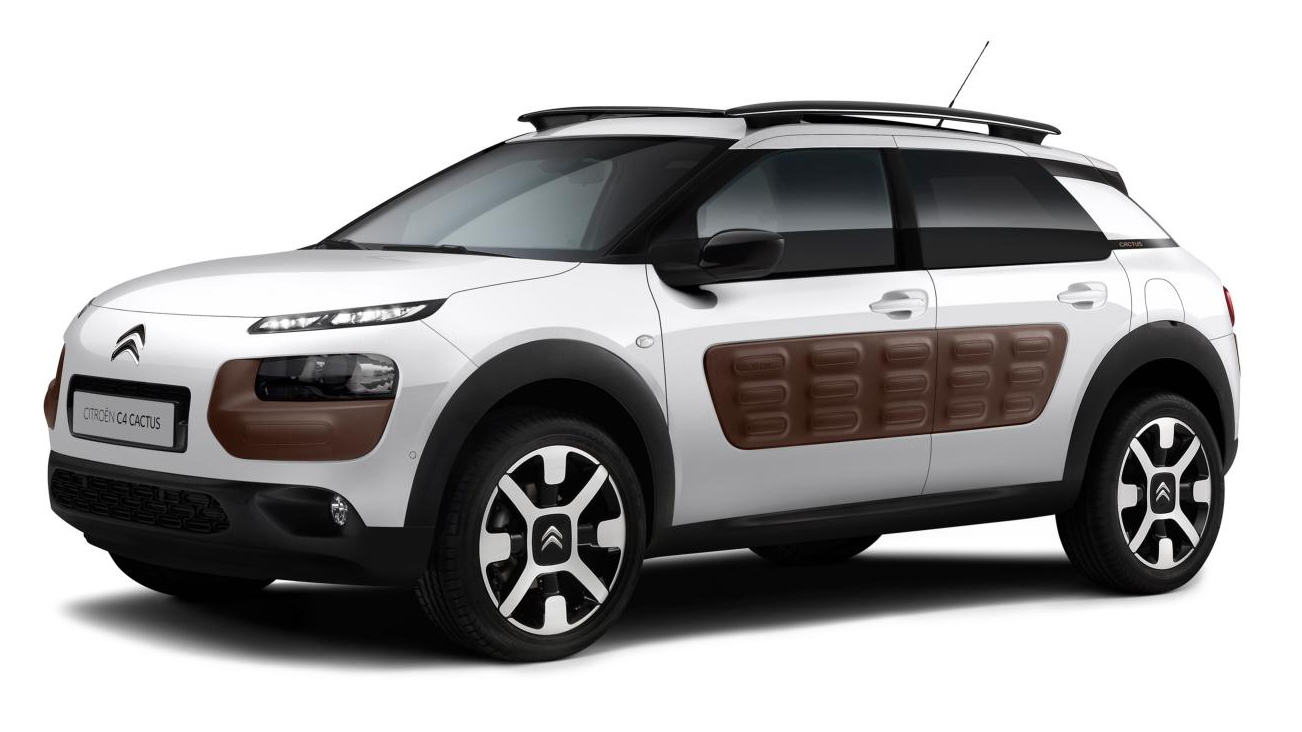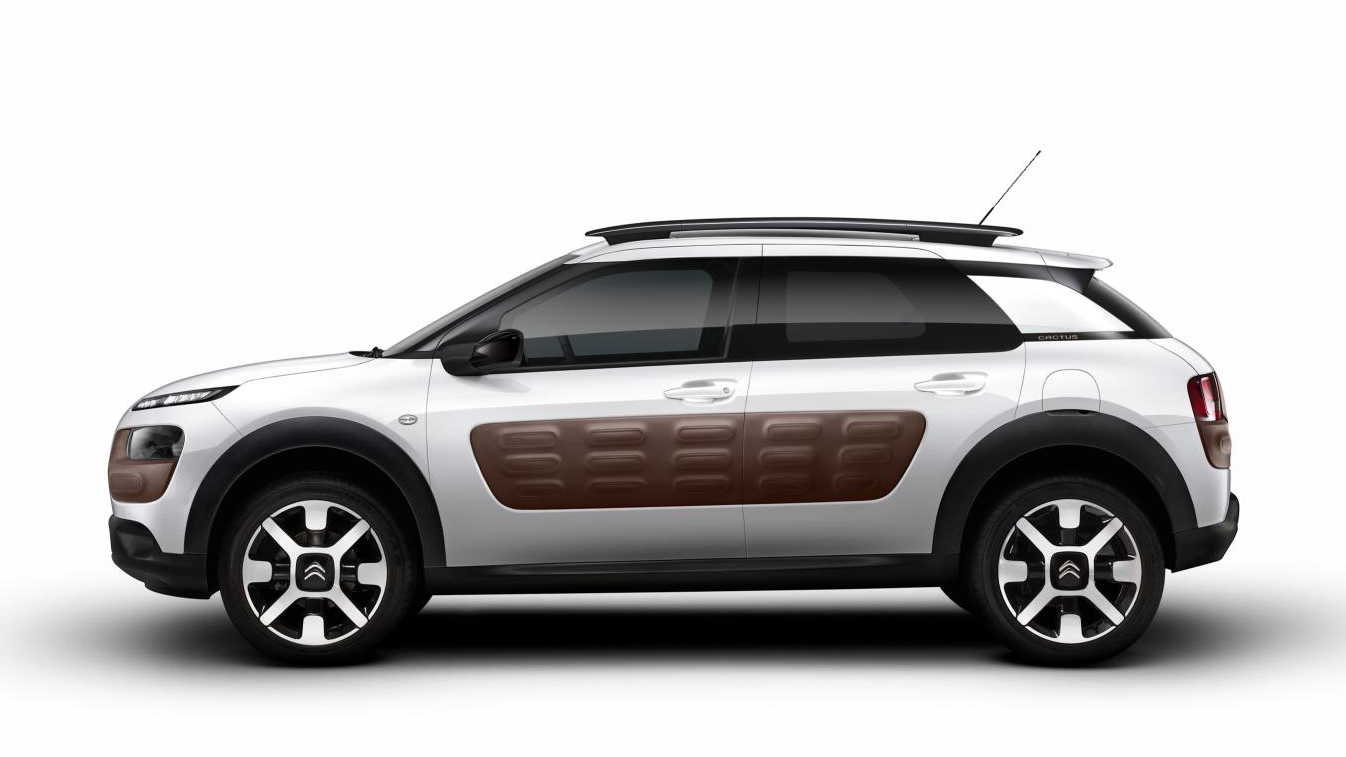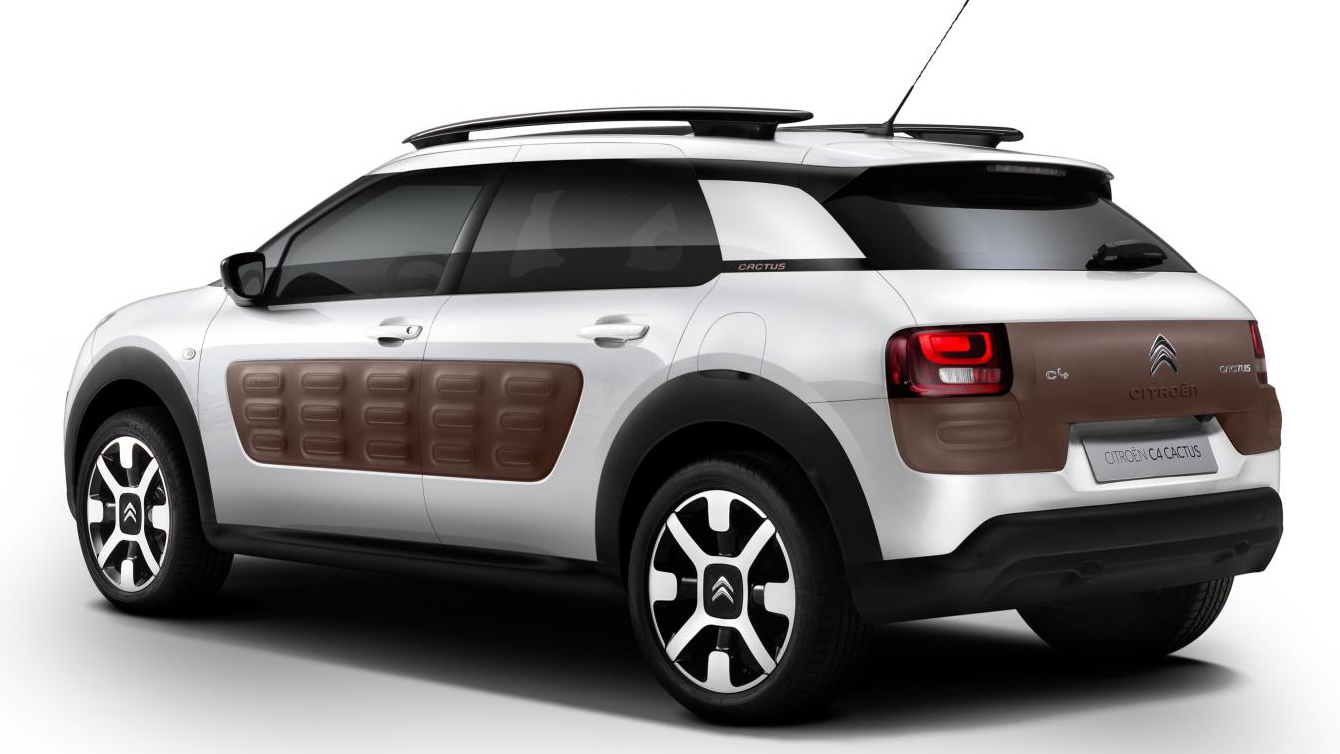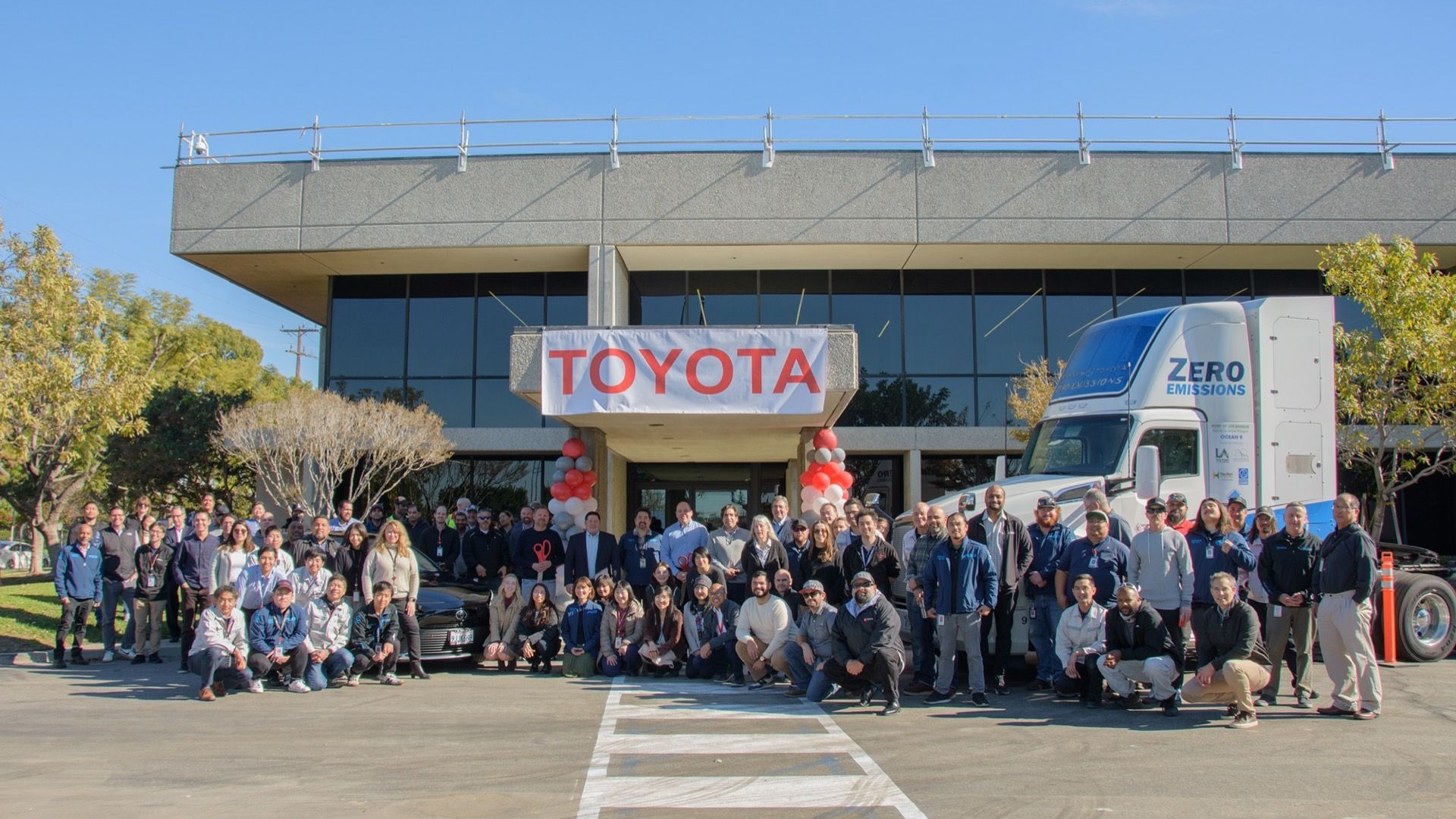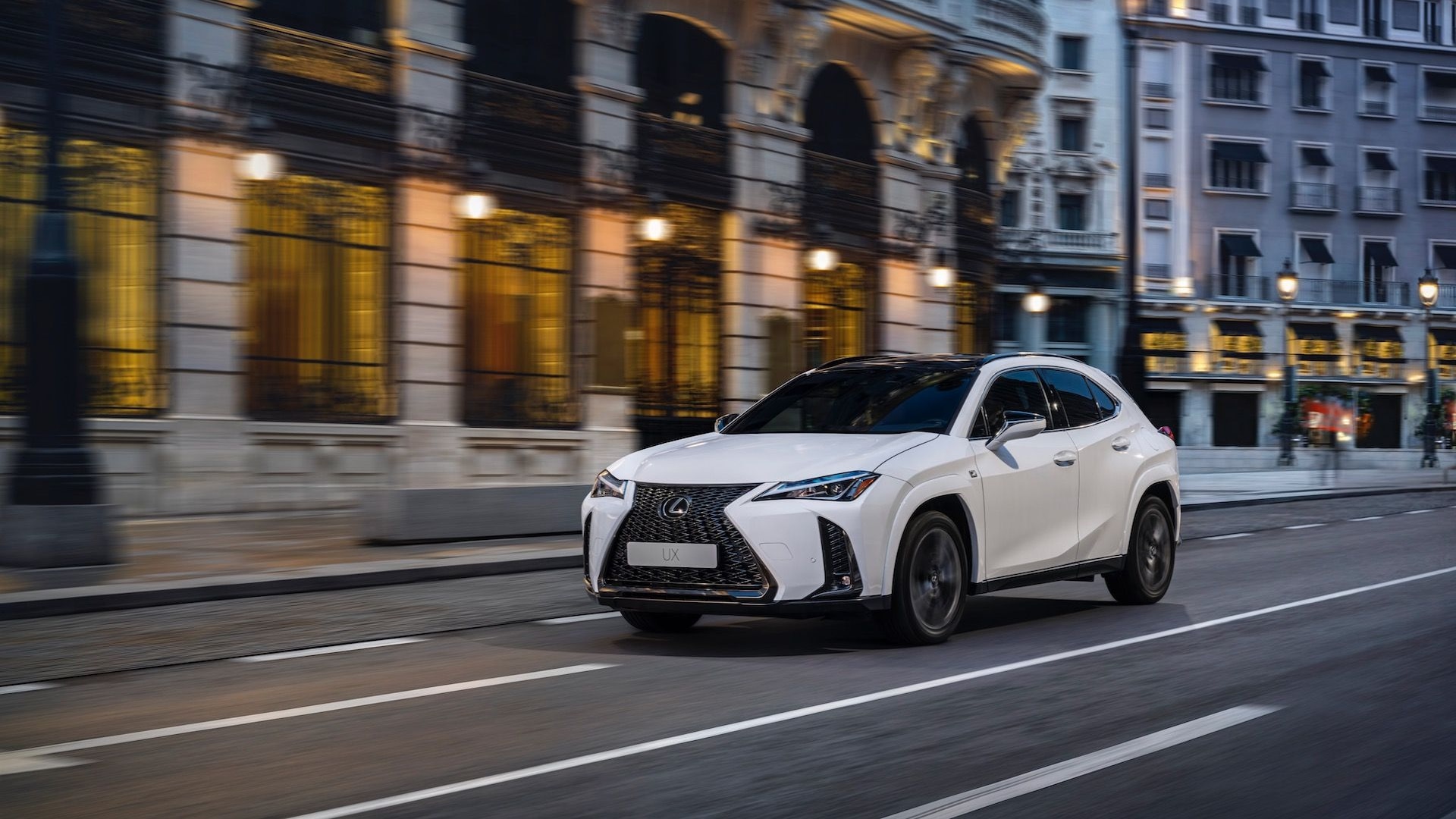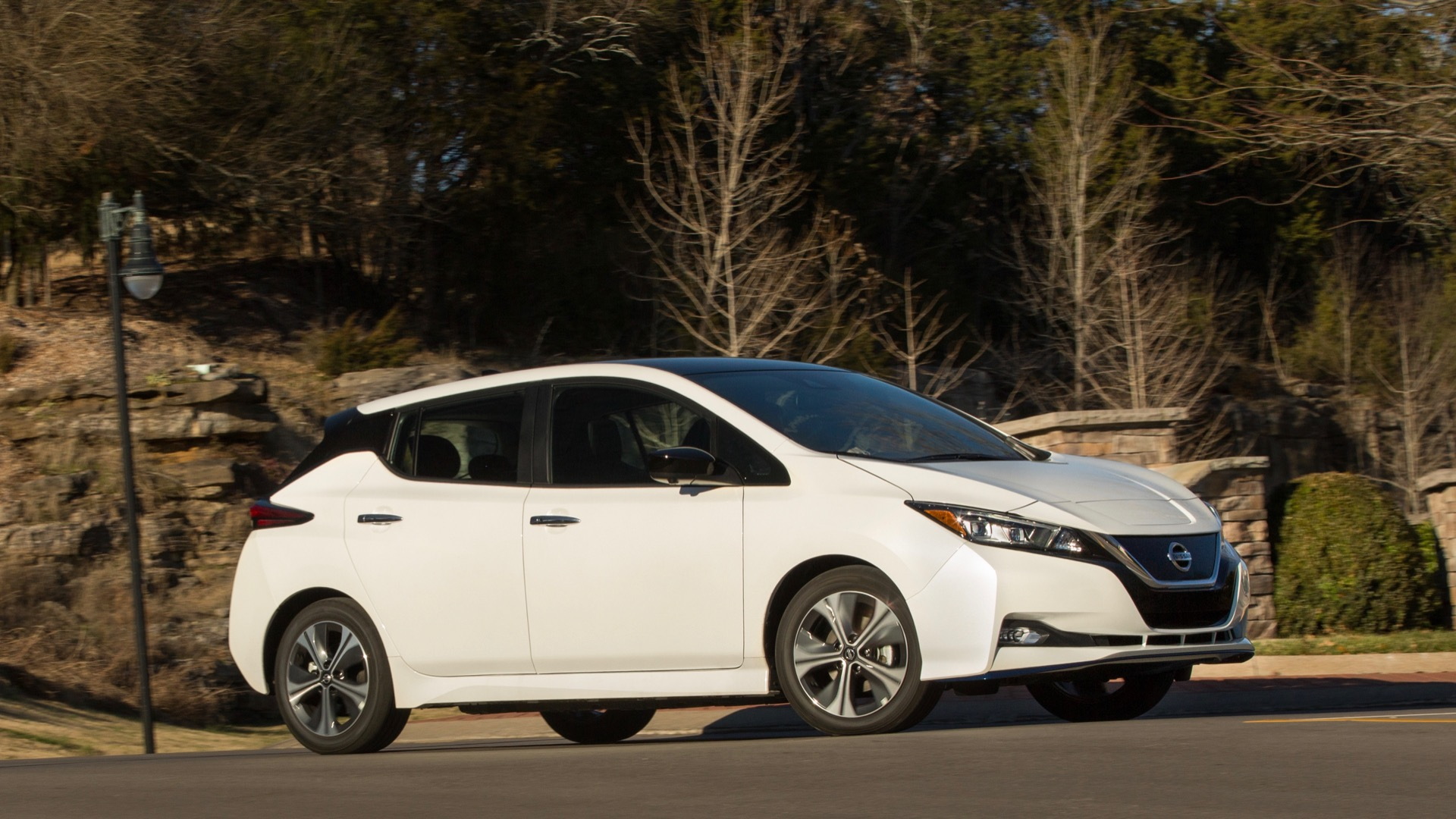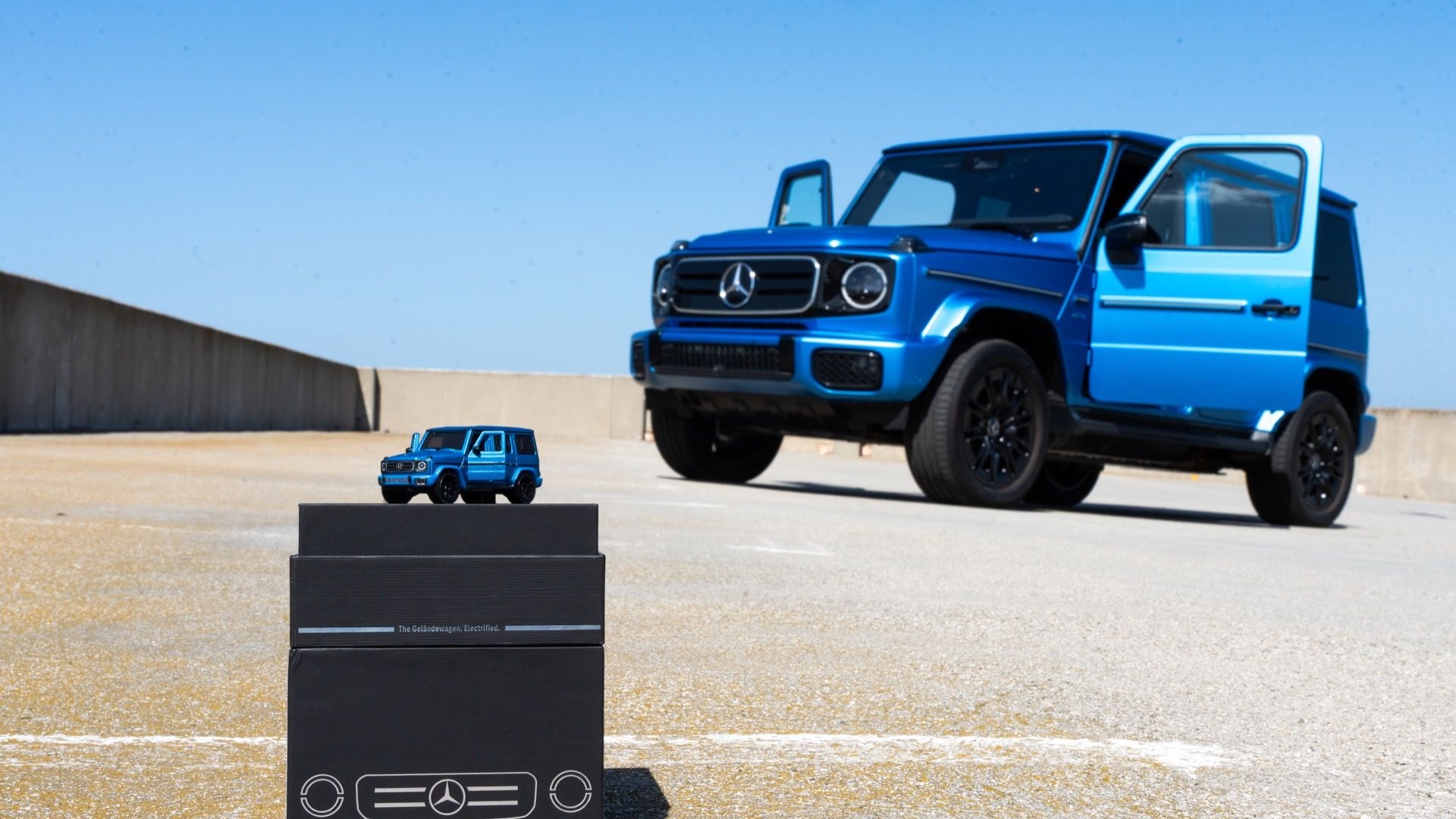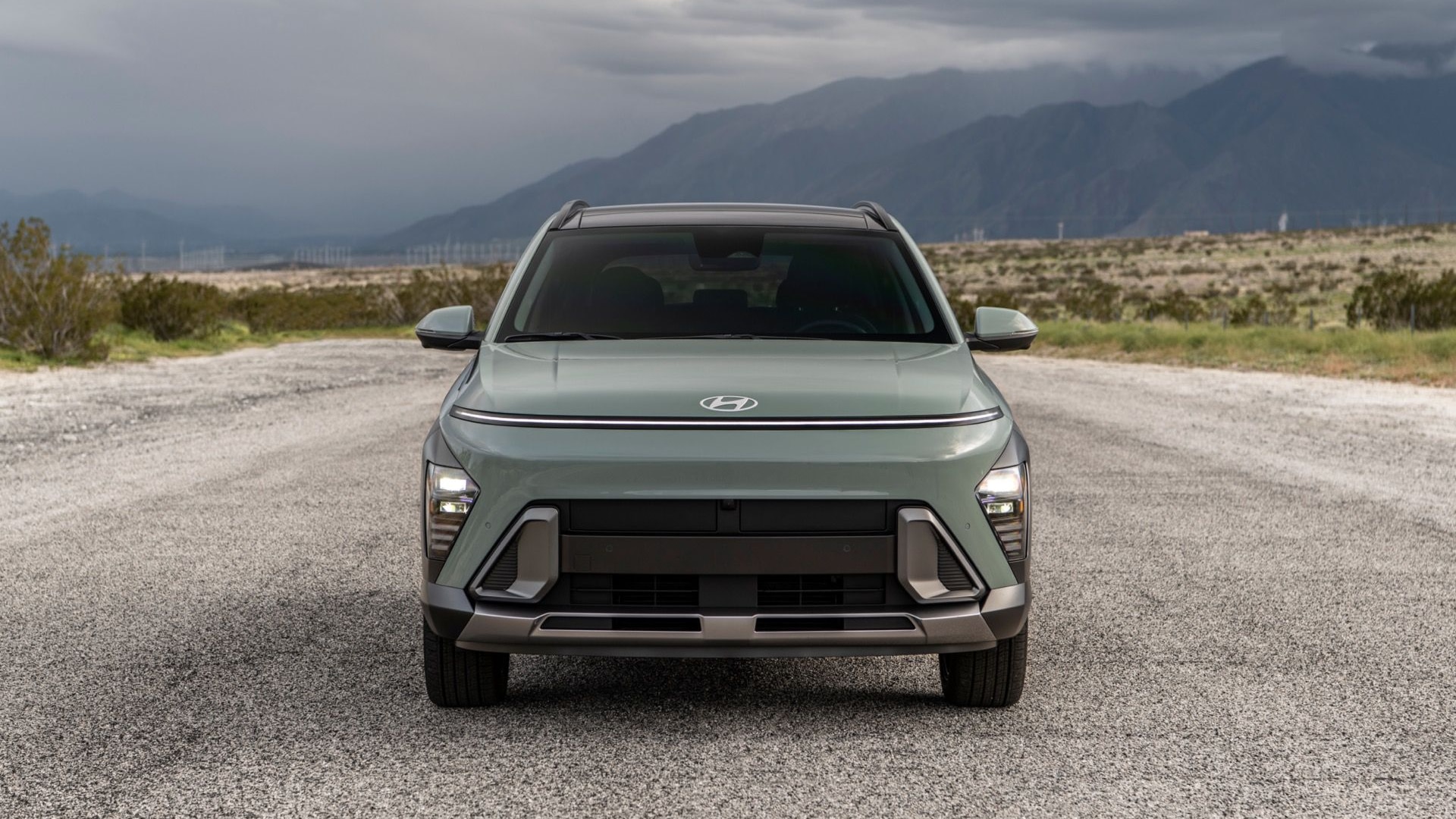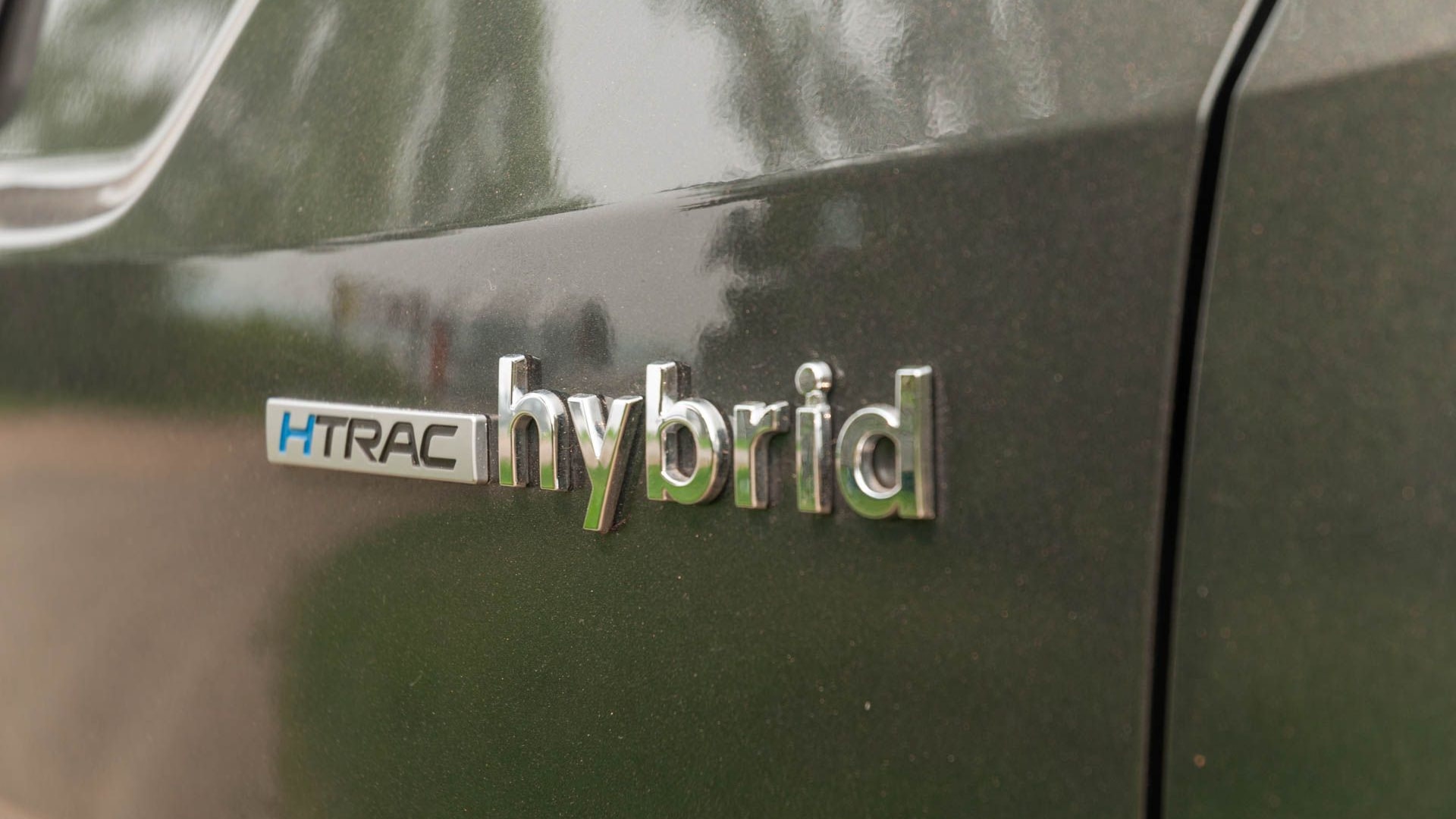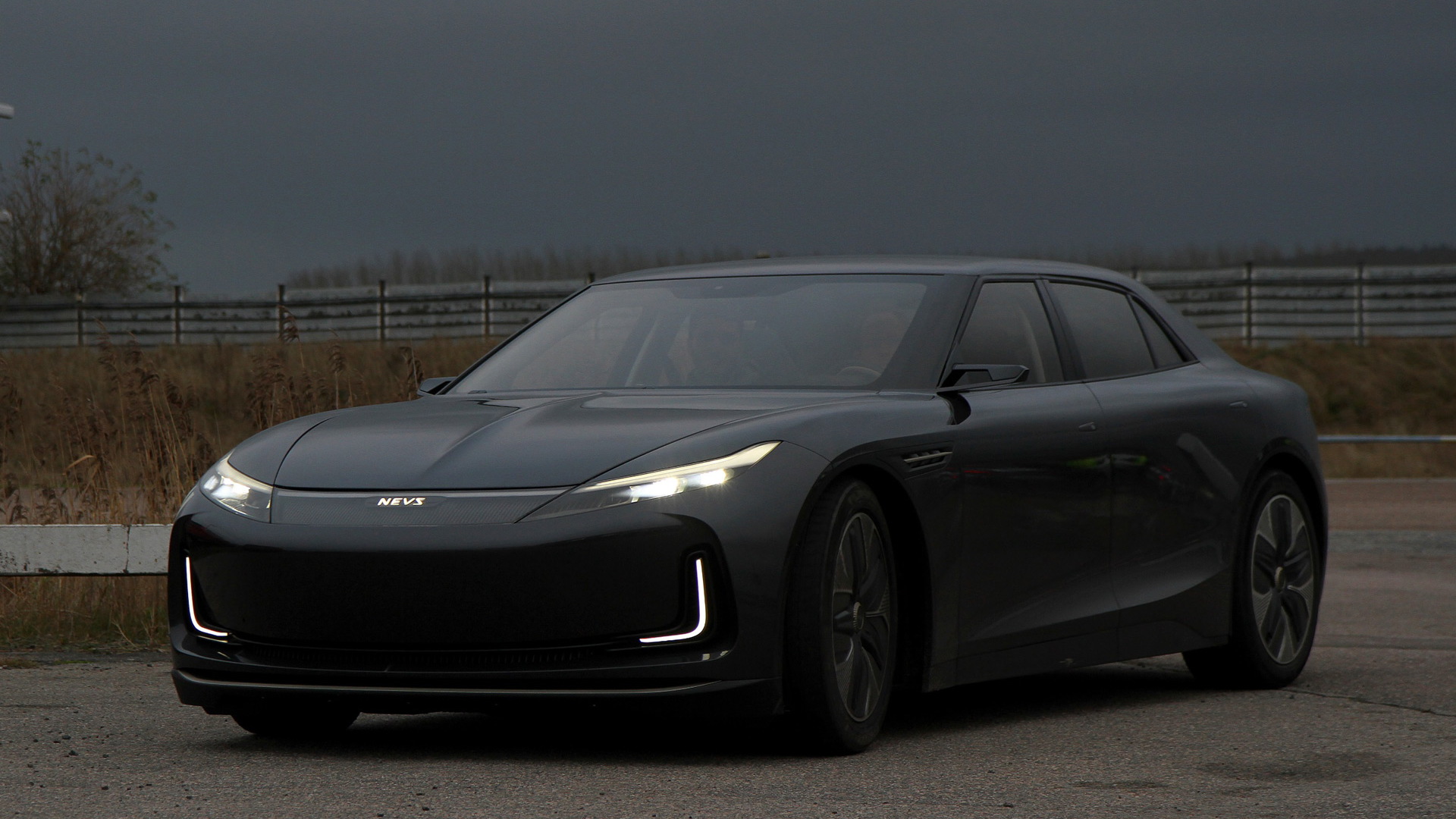Called the C4 Cactus, it's Citroen's latest take on the compact crossover hatchback.
Most comment will go to its unusual name and even more unusual styling, but the Cactus is among the cleverest compact cars we've seen for decades in terms of usability, weight-saving and efficiency.
Ultra light
The car's weight is possibly its most impressive aspect.
Typical compacts have crept ever heavier over the past few decades as they've grown, as safety kit has increased and as technology and comfort levels have increased.
A base Ford Focus hatchback weighs 2,948 lbs. Mazda, one of the industry leaders in saving weight, has managed to get its latest Mazda3 down to 2,797 lbs.
The C4 Cactus, a little shorter but similar in terms of interior volume, tips the scales at just 2,127 lbs. To hit this remarkable target--lower than many subcompacts--Citroen has made clever use of high-strength steel and aluminum in its construction, as well as using aluminum for large panels like the hood.
To save even more weight, pop-out rear windows have returned from budget car purgatory (shedding 24 lbs) and a single-piece folding rear bench replaces traditional split seats for a 13 lb saving.
Low-emission powerplants
Engines are also smaller and lighter--as well as being low on emissions and high on fuel economy.
Citroen doesn't specify which engines the Cactus uses, but does denote them as PureTech gasoline and BlueHDi diesel units. Those names are typically given to PSA Peugeot-Citroen's 1.2-liter three-cylinder gasoline and new 1.6-liter turbodiesel powerplants.
The latter is capable of 75.8 mpg on the combined European cycle with CO2 emissions of 82 g/km. Even considering the typical discrepancy between EPA and European figures--20 percent in some cases--it's clearly a highly efficient vehicle.
Emissions from both engines match the latest Euro 6 standards, which come into force in September. This means half the NOx of existing Euro 5 diesel requirements, and the latest particulate filters ensure negligible particulate emissions.
Citroen C4 Cactus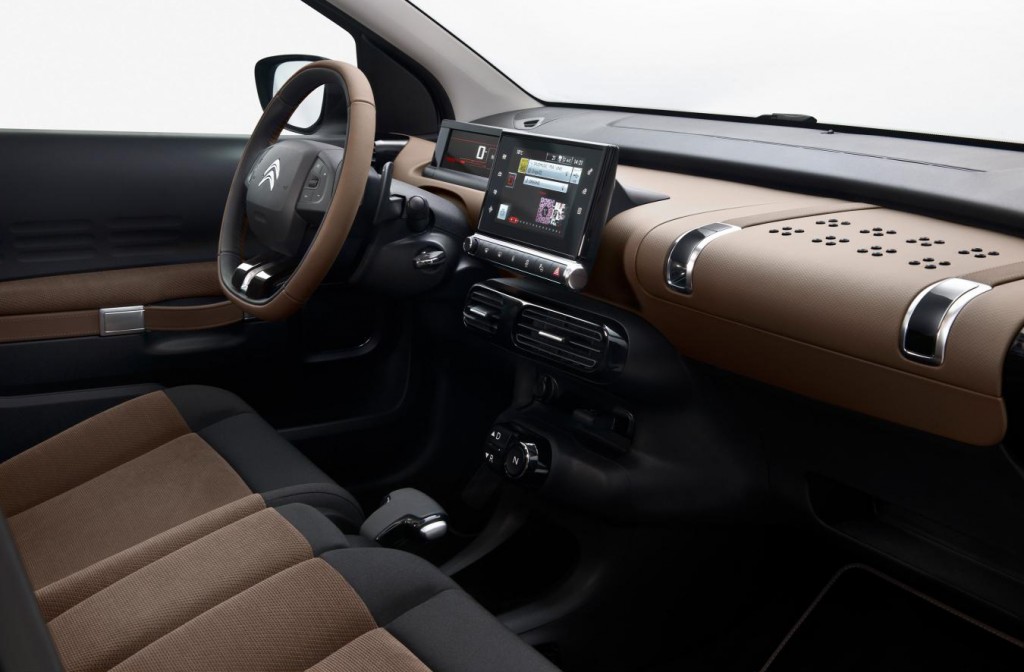
Citroen quirkiness
You can make your own minds up on the styling, but there's method behind the apparent madness.
See those unusual door panel inserts? Citroen calls it "Airbump". As well as being a design feature, it reduces the risk of your car being dented by careless people with car doors and shopping carts in your average parking lot.
Wheel arches too are made from tough plastic to minimize scrapes. Overhangs are relatively short. Inside, there's a minimalist dashboard, with button functions moved to a touchscreen and the instrument cluster replaced by a digital screen.
Door handles, rather than plastic mouldings, are leather straps like those on luggage. There's a large storage compartment on top of the dashboard--facilitated because the passenger airbag now fires from the roof, protecting the passenger from the windshield and dash.
The C4 Cactus is proof that the innovative Citroen of old has once again returned.
And while no North American return is imminent, automakers could do much worse than to take some inspiration from the Cactus's light weight, frugal engines and inspired interior design.
_________________________________________
